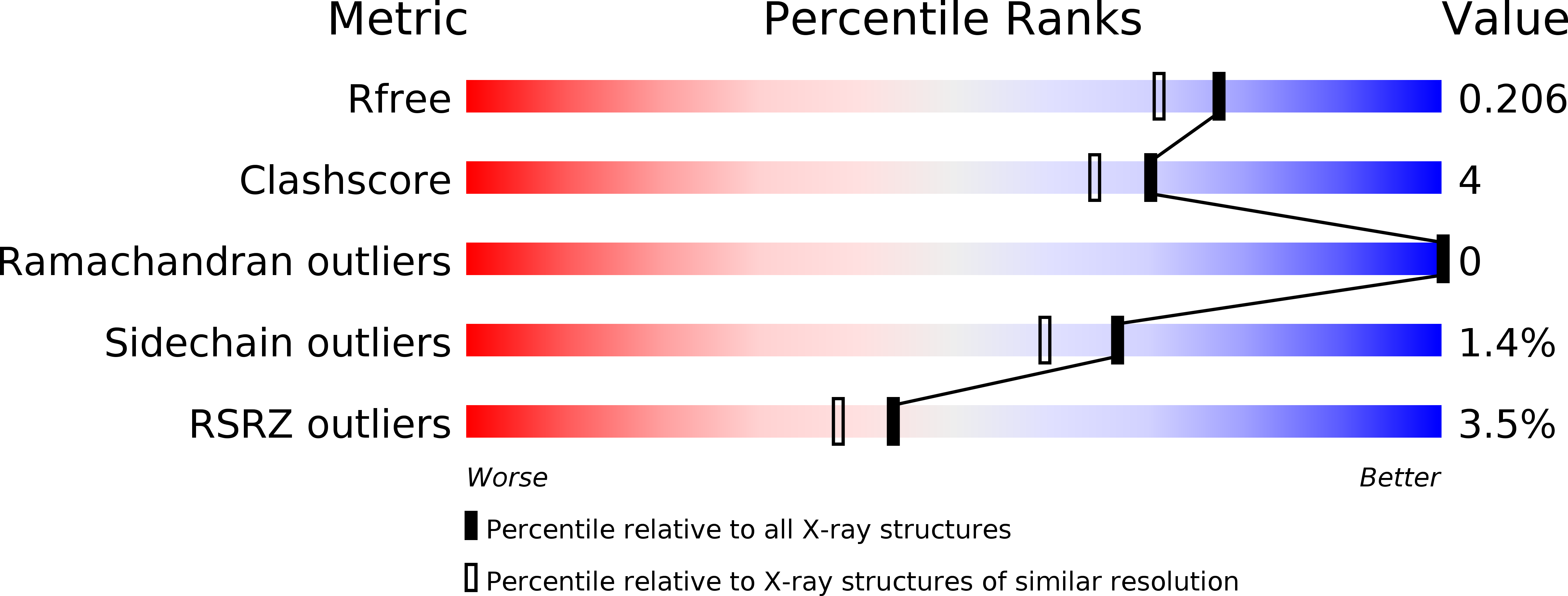
Deposition Date
2010-04-16
Release Date
2011-04-20
Last Version Date
2023-09-06
Entry Detail
PDB ID:
3ML2
Keywords:
Title:
Human carbonic anhydsase II in complex with an aryl sulfonamide inhibitor
Biological Source:
Source Organism:
Homo sapiens (Taxon ID: 9606)
Host Organism:
Method Details:
Experimental Method:
Resolution:
1.80 Å
R-Value Free:
0.22
R-Value Work:
0.18
R-Value Observed:
0.18
Space Group:
P 1 21 1


